Cookware: How Can You Tell How Old a Cast Iron Skillet Is?

Cast iron cookware can be some of the most inexpensive tools you can buy for your kitchen, especially when you consider their long lifetime of 150 years and beyond. You can find new cast iron skillets for as little as $40 per piece which makes them an excellent investment for the future.
Before we go into details, we have to warn you that vintage cast iron is so valuable that there are a lot of fake ones in the market. Take this quiz to find out if your cast iron pan is real or not:
Why is vintage so valuable?
Vintage cast iron was manufactured very differently than its modern counterparts. It was all made by hand. The cast iron/steel was hand-poured into sand molds which gave the maker more control. The result was lighter cookware which was then ground down with stone to make the pan's surface smooth and flat.
The long lifespan of cast iron along with the growing demand for second-hand instead of new makes vintage cast iron a common find in the antique market. The value of antique cast iron skillets can start at similar to new prices, but a super rare Wagner or Griswold can fetch up to $1,500 apiece. A mint condition, super rare "spider skillet" made in the 1890s by Griswold is worth up to $8,000.
Maybe you are lucky enough to have inherited some cast iron from a relative or you want to shop for antique cast iron but don't know where to start or what you should look for. If your pan was made before 1957, it's considered vintage cast iron. We've created a guide for you to learn how to tell how old a cast iron skillet is, differentiate brands and pan types, and figure out how much each piece is worth.
But! What's for sure won't be valuable for the future is the trash! Especially the ones that can be recycled! A great example of this could be beverage cans. And, you must know how fast they could pile up at home. But there's an amazing solution to that!
Have you heard about can crushers? Can crushers are an incredible addition to your kitchen! Using this tool you can effortlessly smash cans, save a lot of space, and make fewer trips to the recycling center. This Soda can crusher is also available in Canada.
If you want your cast iron last forever, check out this step-by-step cast iron care guide:
How can you tell if a pan is cast iron or a fake?
Do you want to learn to identify real cast iron by yourself? Here are the steps you should follow:
- Feel the weight. Pick up the pan and feel the weight. Cast iron cookware should feel quite heavy. The weight usually ranges from 4-12 lbs. The standard size for a cast iron skillet is 12 inches and the average weight at that size is 8 lbs. The weight scales up or down depending on the size of the skillet.
- Check the bottom of the pan. There should be a manufacturer logo marked on the pan, often with the stock number or city it was manufactured in.
- Check for rust. Real cast iron easily rusts, so if you see orange or red rusting on the pan it is likely true cast iron.
- Check the handle. Real cast iron pans are made in a mold. A real cast iron skillet should be all one piece - no seams and no screwed on handles.
- Check the pan's surface. It should look the same as the rest of the pan with no other materials. A raw cast iron pan will have a dull black/dark grey color and be slightly rough to the touch. If the pan still has some seasoning intact it will be a darker black and smooth to the touch. Check out our cast iron smooth vs rough article to learn more.
How can you identify your cast iron?
The manufacturer's label or logo
The best way to quickly narrow down your cast iron cookware's origins is by checking the bottom for the insignia from a manufacturer. Some of the most popular and quality vintage cast iron makers of the last two centuries were as follows:
- Griswold Manufacturing
- The Vollrath Company
- Wagner Ware
- Favourite
- Atlanta Stove Works
- Wapak
These companies were founded in the late 1800's and early 1900's by blue-collar Americans throughout middle America (Pennsylvania, Ohio, Wisconsin), providing families with high quality cast iron cookware that lasts.
The Griswold name is well-renowned as the cream of the crop when it comes to vintage cast iron. They were especially well-crafted and the manufacturer paid extra attention to detail.
You must pay attention to the sizes and shapes of logos and properly research the particular one you're dealing with. These logos often changed throughout the years and are a great indicator of the age of the cast iron. For example, there are two Griswold logos - a newer one that is about 2 inches wide, and an older logo which is much larger at 4 inches wide. The new pans with the small logo don't have any real collectible value yet while the old logo pans can fetch a pretty penny.
The number on the handle
This number refers to a measurement of the diameter (length) across the bottom of the pan, but the stamped number does not signify the exact diameter in inches. A 10 on the handle doesn't mean it is a 10-inch pan. This goes completely against modern sizing standards. Skillets today are sold by diameter across the top - 10-inch, 12-inch, and so on.
There is a reason for the stamped numbers that do refer to size, but by much different measurements. Originally, cast iron was made to fit wood stoves that were commonly used for cooking in the 1800s and 1900s. There was an opening at the top that the cast iron pan sat upon, so the number was an indicator of compatibility between the pan and the type of stove it could be used with. These pans were often made by the same company that made the stove, and every company had a slightly different system.
Here is the traditional number system from a Wagner catalog, along with their corresponding size in inches:
#2 – 4-7/8″
#3 – 5-1/2"
#4 – 5-7/8″
#5 – 6-3/4″
#6 – 7-1/2″
#7 – 8-1/4″
#8 – 8-7/8″
#9 – 9-3/4″
#10 – 10-1/4″
#11 – 10-7/8″
#12 – 11-3/4″
#13 – 12″
#14 – 13″
Today, we don't use wood stoves and a cast iron skillet can fit on any stove, so the measurement standards have changed to indicate inches of diameter.
With antique cast iron, there are certain numbers that are very common and some that are very rare.
- Numbers #3, 6, and 8 are not considered collectible. They are still fantastic pans to use, but you won't be making a ton of cash off of these old cast iron skillets.
- The most desirable pan is #1 - they're super rare and worth $1,000 each, despite their small size.
- #2, 11, 13, and 20 are not as rare as #1 but rare enough to be quite valuable. If you see one at a low price, snag it.
Numbers with letters
Sometimes an old cast iron skillet may have numbers accompanied by letters as well. They're referred to as "pattern letters". Manufacturers would create a number 3 mold for example. But due to demand, they needed to have more than one mold in use at once.
They then used letters to differentiate between these identical mold patterns. A "3B" pattern would end up slightly different from "3C", for example, because the identical molds would wear differently with use and eventually become less identical.
The letter is a way to differentiate and identify exactly which mold the pan was cast from.
Pattern and model numbers
There are often numbers on the bottom of a piece of cast iron cookware that are clearly not a size number. 704, for example, may be imprinted on the underside of the pan. As cast iron became more popular and manufacturing increased on a national level, manufacturers created pattern numbers that were unique for the particular model, type, size, and pattern produced.
To add some extra fun to the mystery, the manufacturers all had their own versions so the pattern numbers are not identical across the board. If you're confused about a particular number on the bottom of your pan, a quick Google search will help turn up some more detailed information on the specific vintage cast iron model in question.
Unlabeled cast iron
These pans can be hard to identify with the lack of distinguishing markers. These were made unmarked in the same way that 'no-name' products are made today. Retailers and manufacturers alike didn't want to tarnish and cheapen the name of the store brand cast iron, but wanted to have a pan available at a lower price point.
The funny thing about these unmarked pieces (and quite different compared to most no-name items made these days) is that they are often very similar, if not the same quality of the store brand labeled cookware.
Condition
When considering the value of vintage iron, the condition is key.
- Mint, like-new condition is ideal and is the most valuable.
- Rusted pans may be less valuable, but they can still be restored to their former glory and retain some value.
- Pans that are warped, cracked, pitted, or containing holes cannot be used for cooking, and therefore are usually of very low value. They can make a great display piece, but don't drop a ton of your cash on these.
Where can you find good vintage cast iron?
Vintage cast iron can be found in a variety of places, for a variety of prices that don't always coincide with the true value.
The best place to score a great deal on cast iron is at a yard sale, where the seller may price low not realizing the full value of the piece that they own. Antique markets can be hit or miss in terms of value. Online sources like eBay and Etsy have the most readily available and wide range of choices but it's still important to research the product well before you purchase. Many vintage vendors will try to get you to overpay for your cast iron.
If you want to get into vintage cast iron collecting, arming yourself well with thorough research is definitely the name of the game.
5 Responses
faith Russell
I found an cast iron skillet with the logo, LODGE 10SK USA on the bottom of the skillet, how old is it? If anyone knows? Would love to find out
Arsenio Ibay
If the pan is marked with a a country of manufacture (“Made in USA”), it was made after 1960.
JOSE GONZALEZ
I would like to know the price of one of my Griswold pan… So I would like to have a contact so I can share some pictures of it…
Roberto Sabater
In 1967 in while stationed Panama , Canal Zone I from a captain going to Vietnam all is house furniture including a cast iron pan which I still use. I am redoing it for the first time in 54 years, I found th Brand Griswold, in a round logo inside a cross. Under it is has 11 1/4 inch skillet, and under that Made in USA. The handle has an “A” stamped in the underside and the handle has a teardrop hole to be able to hang it from a nail. Can you tell me how old is it ?
Leave a comment
Comments will be approved before showing up.
Also in Tips
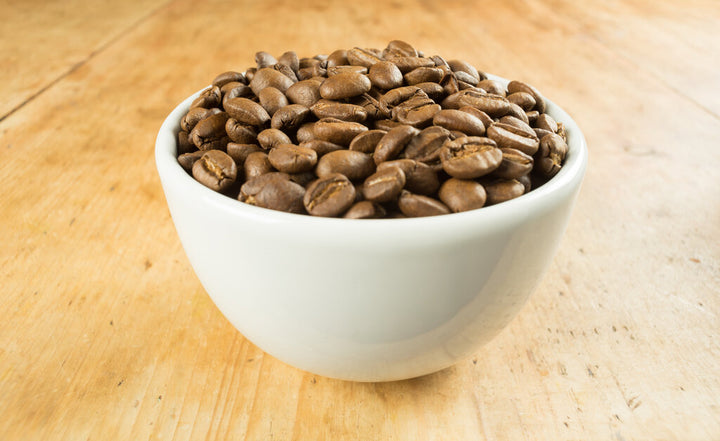

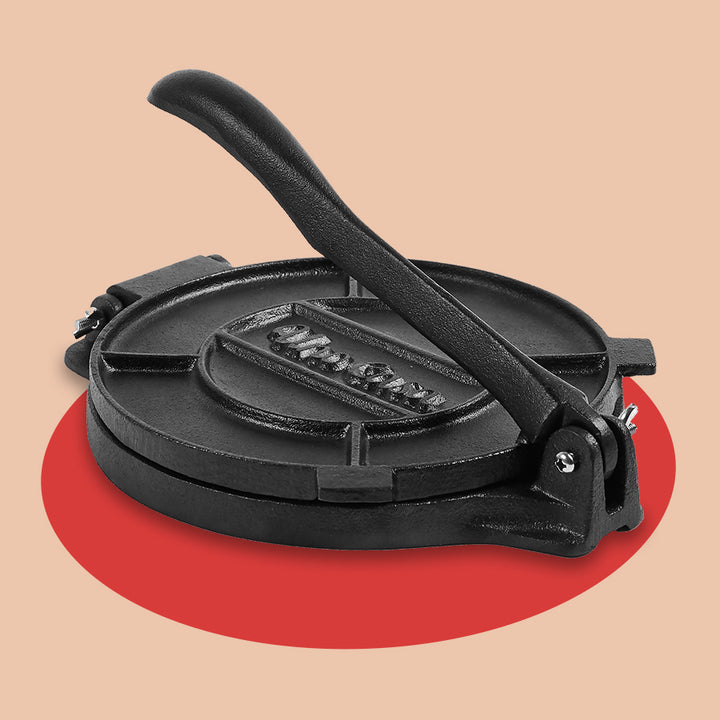
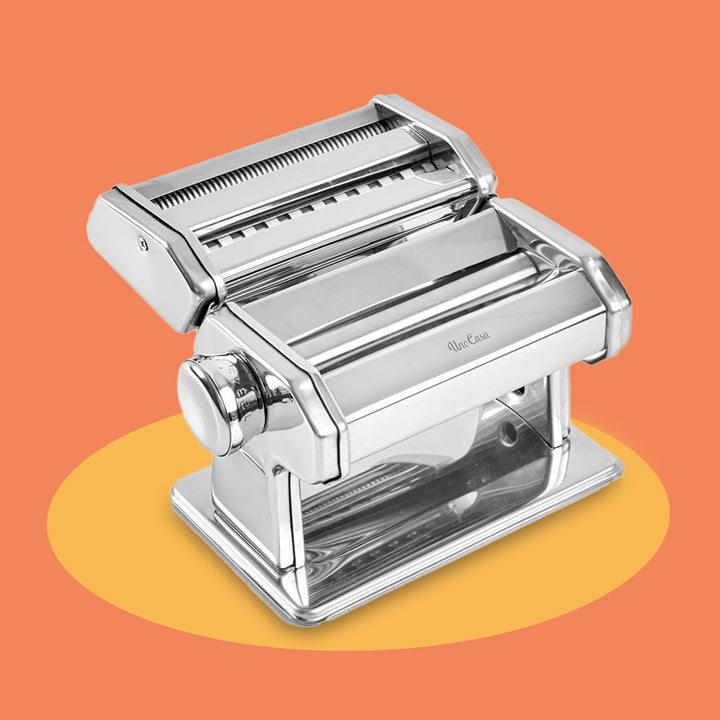
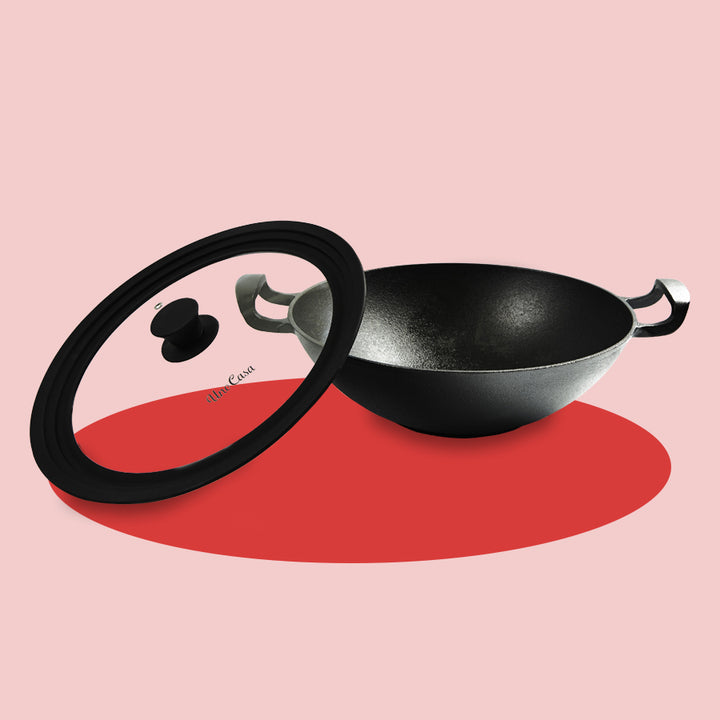
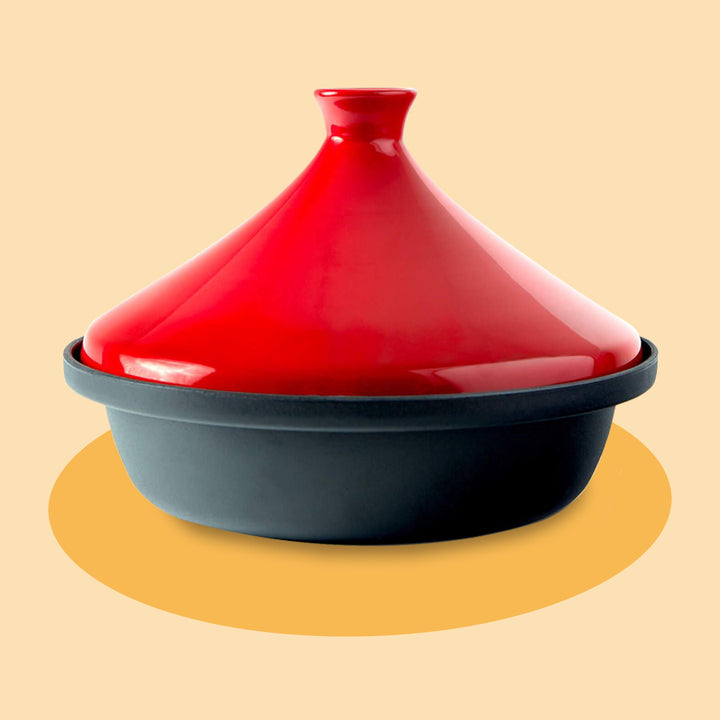
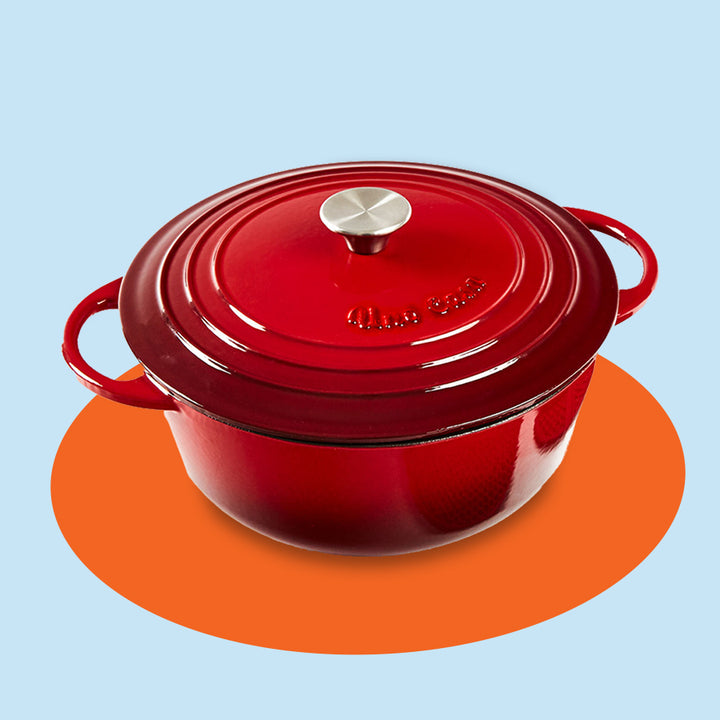
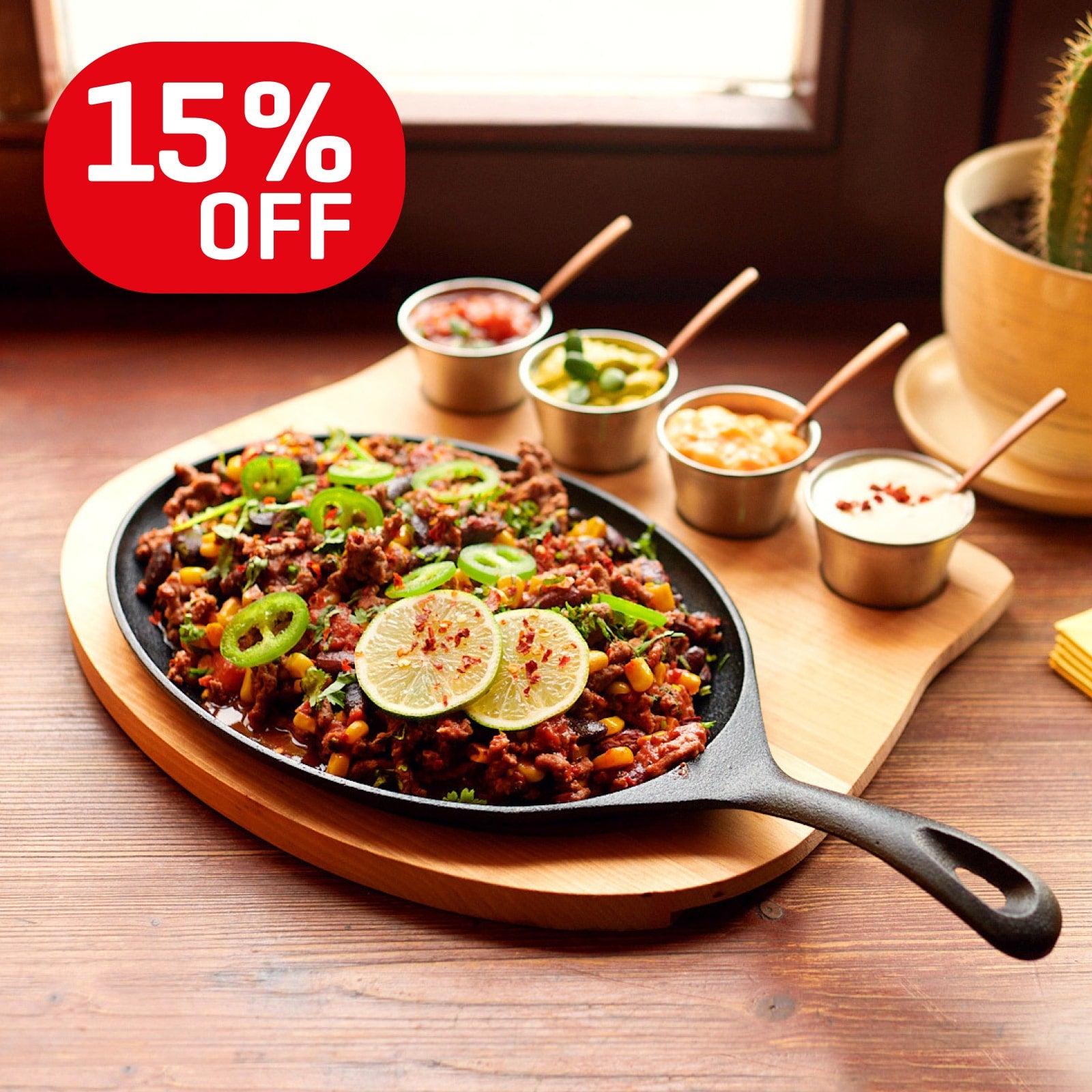
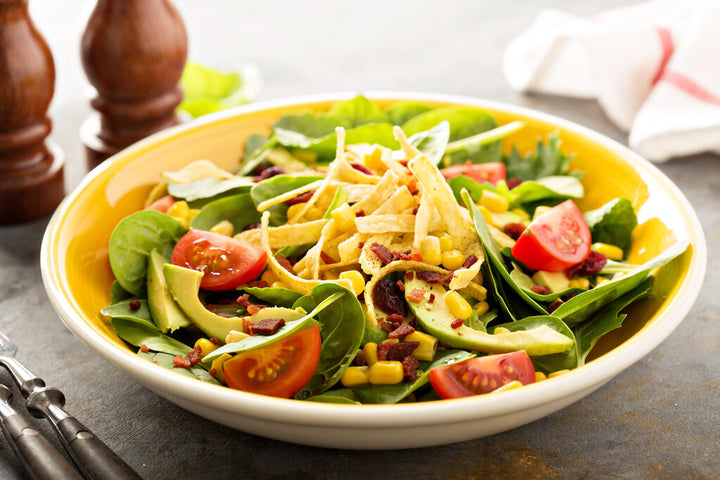

gamesellru
May 17, 2021
I am sorry, that I interrupt you, but, in my opinion, there is other way of the decision of a question.